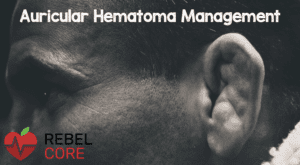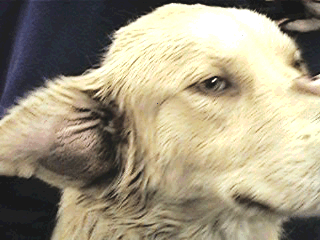

This involves giving your pet a general anaesthetic. Once the fluid has been drained off a steroid is injected into the empty space where the fluid collected. Occasionally sedation may be required to do this as the ear can be inflamed and sore. Your veterinary surgeon may recommend draining the aural haematoma using a syringe and needle. This is an option for smaller haematomas in dogs where the cosmetic appearance of the ear is not a consideration.

This would involve leaving the aural haematoma to resolve on its own. Options for treatment of aural haematomas Your veterinary surgeon will need to treat the underlying cause to help prevent the aural haematoma from reoccurring or increasing in size. They can occur in both cats and dogs but are most commonly seen in dogs. The blood vessels in the ear break, filling the space in the ear flap with blood. This can be caused by an ear infection (otitis externa) or fleas. The most common cause of an aural haematoma is trauma from constant head shaking or ear scratching. How you can support your pet’s mental healthĪural haematoma is an accumulation of blood which collects between the cartilages of the ear flap.Advice for pet owners and COVID-19 (Coronavirus).Tick, Flea, and Worm Prevention for Dogs.Tick, Flea, and Worm Prevention for Cats.


 0 kommentar(er)
0 kommentar(er)
